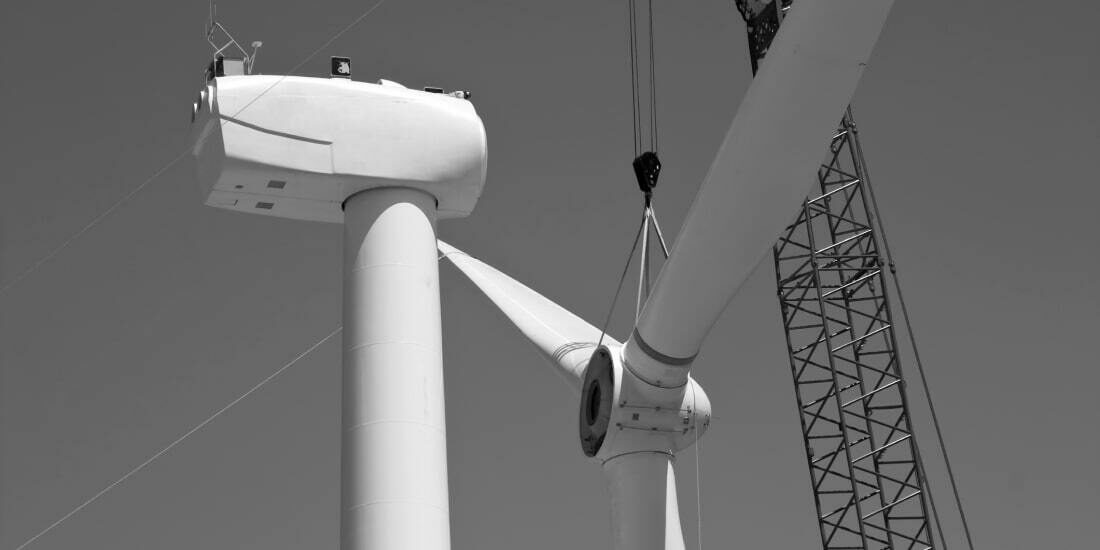Renewable Energy Projects Awaiting Connection to Outdated National Grid

The national grid has billions of pounds’ worth of renewable energy projects left waiting to be connected. According to the BBC, some solar and wind infrastructure has been waiting 10-15 years to be connected due to a lack of capacity. The companies behind increasing renewable energy generation have expressed concern that hold ups like these will hinder climate targets.
National Grid realises that there is an issue with the way the system works and wants to reform it. Increasing the number of renewable systems in place in the UK is fundamental to reaching net zero goals by 2050. A closer goal of 2035 is set for all of the UK’s electricity to be produced without carbon emissions.
An estimate of five times more solar power and four times more wind power would be needed to meet the 2035 target. Despite £198 billion being spent on renewable systems since 2010, massive delays in grid connection are not helping decrease the reliance on carbon emitting technologies.
Octopus Energy is a renewable energy ambassador, championing green energy infrastructure. National Grid, however, has told the company that they may have to wait up to 15 years for any new systems to be connected to the grid. Delays like this, when the projects are ready to go, will extend far beyond the 2035 deadline. Without being connected to the grid, renewable systems won’t supply any energy.
“We currently have one of the longest grid queues in Europe.”
Zoisa North-Bond - Chief Executive of Octopus Energy Generation
According to National Grid data, about 40% of the projects awaiting connection to the grid will have to wait for at least 12 months. This in itself is tens of billions of pounds’ worth of investment.
The good news is that there are so many renewable systems that have been built, but the downside is that the grid isn’t able to keep up with demand. The dated grid is still operating under its original infrastructure, where only a few power plants would need to be connected a year. There are currently 1,100 projects in a queue awaiting connection.
National Grid has recently specified that it will review the criteria for projects to join the queue. More stringent standards will be applied so projects with higher outputs will be prioritised. Moving the goalposts and making the queue shorter doesn’t speed up connections though. The grid is in urgent need of fundamental reform if it is to cope with rapidly approaching targets.
The main issue the UK is now facing is that councils and other bodies are completing renewable infrastructure in a matter of years, but are being told there is a long queue ahead of them. Projects either have to be paused or sit unusable for years until connected. Even a five year waiting time isn’t set in stone, as connection could always be delayed. The current way the grid works is not fit for purpose.
While the government is due to outline a way of speeding up more connections later on in the year, Ofgem has permitted National Grid to raise £20 billion across the next 40 years to help upgrade the grid. This will be paid for through energy bills, but its effect will be minimal.
